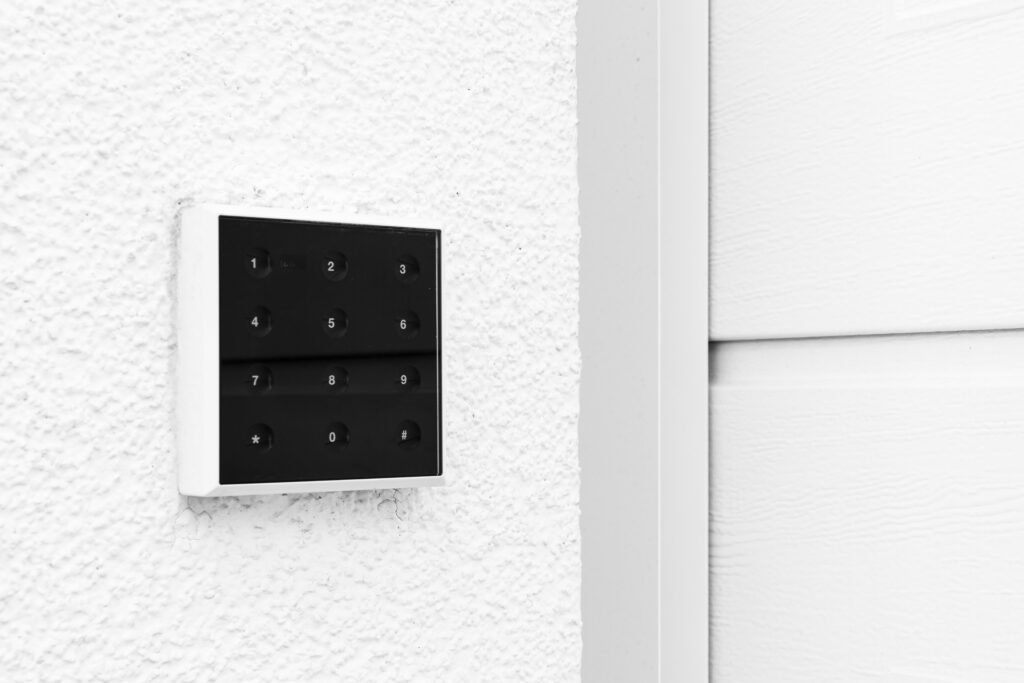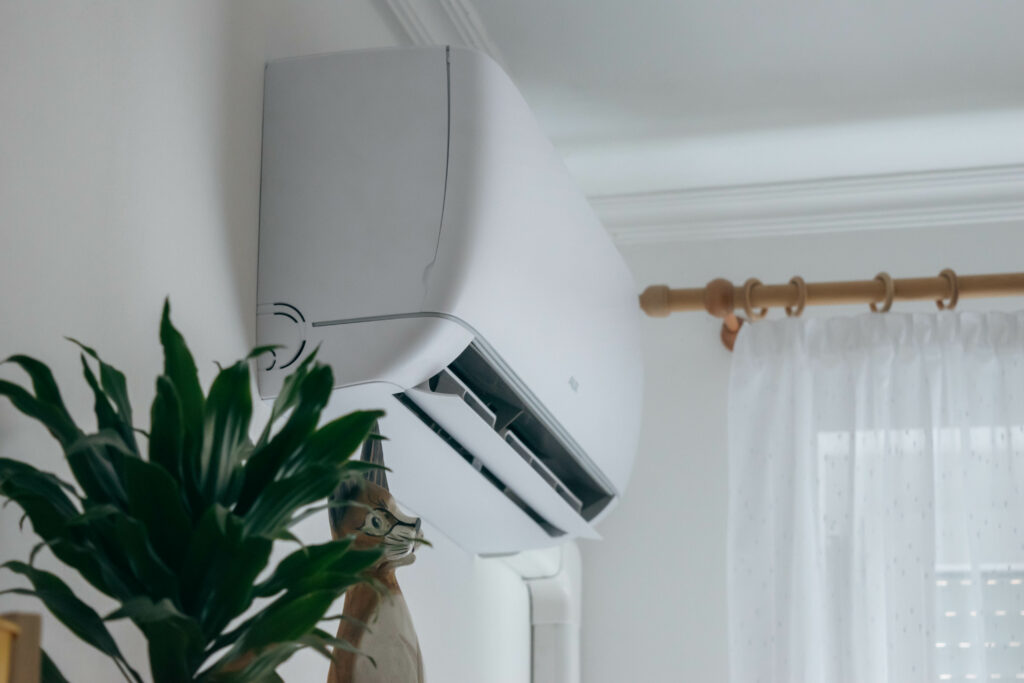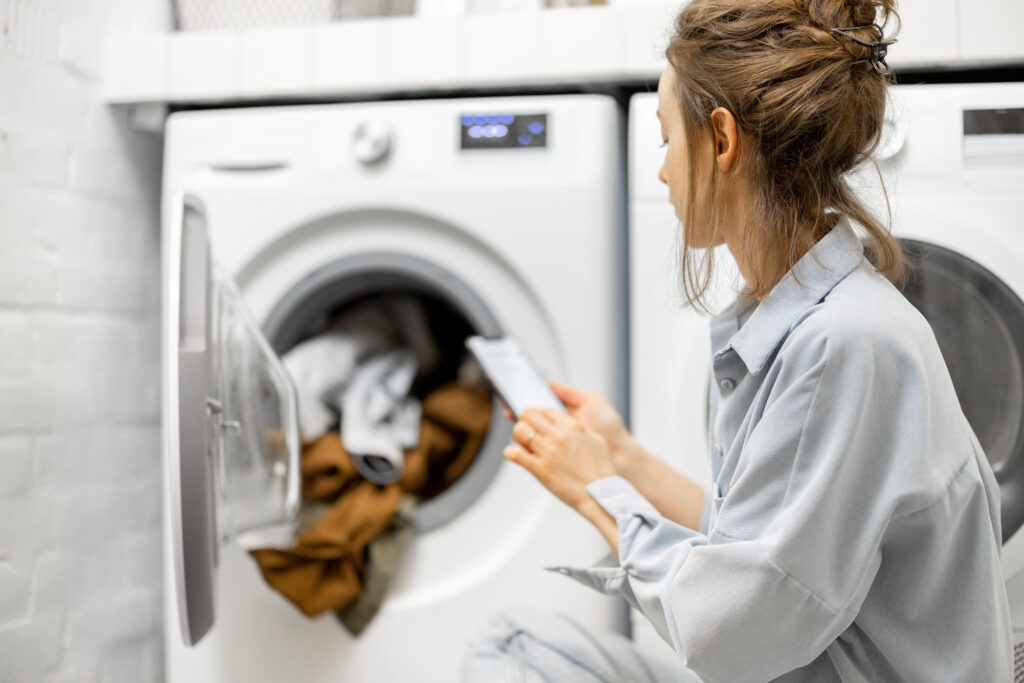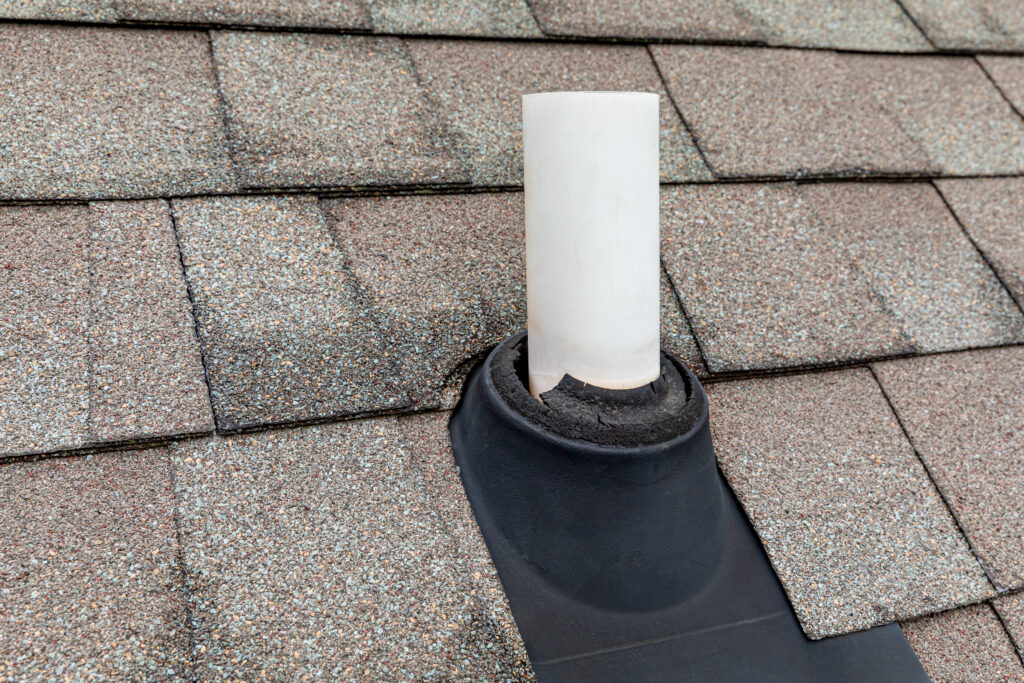Garage Door Keypad Repair: What Homeowners Need to Know
It’s one of those little conveniences you probably don’t think about… until it stops working. The garage door keypad. You press a few buttons, the big door hums open, and you carry on like it was magic. But when the keypad fails—cue panic. Suddenly you’re stuck in the driveway with groceries melting under the sun. And sure, you could use the manual remote or get back inside another way, but the reality is: a busted garage door keypad is more than just annoying. It’s an access problem, a security risk, and hey—it’s just one more thing to fix. If you’re a homeowner staring at a blinking keypad (or worse, a dead one), let’s break down what this thing does, why it matters, and if you’re covered under a home warranty.
What Is a Garage Door Keypad and How Does It Work?
Alright, basics first. A garage door keypad is that little box mounted outside your garage, usually near the doorframe. It lets you open or close your garage door by punching in a security code instead of using a remote or smartphone app. These keypads connect wirelessly to the garage door opener inside your garage, and they’re programmed with a code that only you (and ideally not your neighbors or your kids’ friends) know. When you type in your passcode and hit enter, the keypad sends a low-frequency radio signal to your garage door opener, which then tells the motor to engage and boom—door opens. Most models are battery-operated and weather-resistant, with backlit buttons for night-time use. Some newer models offer rolling codes that change with every use to prevent hacking. Pretty clever little gadgets when they’re working right.
Common Problems With Garage Door Keypads
Honestly, these things are fairly user-friendly, but like anything with electronics or battery wiring, they’re prone to a few hiccups. Most issues fall into a handful of categories. The most obvious—and easiest to fix—is a dead battery. Next is often signal interference or a worn-out keypad that isn’t sending the correct frequency. Sometimes, the original code gets erased (power surges love to do that), or the internal wires are just corroded from moisture seeping in over time. Oh, and don’t forget human error: a forgotten code, sticky buttons, or accidentally locking yourself out by holding down the wrong sequence. Fun times, right? If you’re noticing sluggish response times, lots of failed attempts, or no lights or sounds when pressing the keypad, something’s up.
Fix It or Replace It: What Makes Sense?
Here’s where it can get a little tricky. If it’s just the battery—easy fix. Often just a 9-volt replacement and you’re back to business. But if you’ve swapped batteries and the keypad still isn’t functioning, you have to consider whether repair or replacement makes more financial sense. Older keypads (let’s say… 10+ years?) that aren’t responding to reprogramming might not be worth saving. Repair might involve going inside the unit, cleaning contacts, or rewiring loose circuits, which isn’t everyone’s cup of tea. In some cases, replacing the keypad is actually cheaper than a service call, depending on the brand and model. Most universal replacements run between $30 and $60. Just make sure it’s compatible with your opener brand before hitting “checkout.”
Can a Home Warranty Cover Keypad Repairs?
This is where most homeowners go, “Wait… does my warranty handle this?” And yeah, the answer is—maybe. A garage door opener is usually covered under most standard home warranty plans, including the motor, drive system, and sometimes mechanical operating parts. But the keypad is sometimes considered an accessory or exterior component, depending on your plan. Always read that fine print. At Armadillo, for example, our home warranty plans are designed to make life easier, not harder—we aim to cover repairs and replacements that matter to your day-to-day life. If you’re finding your keypad is part of a larger issue with the door opener itself, odds are much better it’s part of your coverage. That’s definitely worth chatting with your provider about before calling in a pro on your own dime.
How to Prevent Future Keypad Failures
Let’s say you just fixed or replaced your keypad and the garage gods are smiling upon you again. Now what? Here’s what you can do to make sure this little box lasts longer than your next phone upgrade. First, remember to swap the battery at least once a year—don’t wait until it’s dead. Most keypads will flash or act sluggish before they give out completely. Next, clean the buttons with a soft cloth—not a pressure washer, please. If the keypad is extremely exposed (say, southern-facing with no shade), consider installing a mini awning or cover to reduce sun and water exposure. And maybe avoid overly complicated codes… you know, to avoid the whole “what was it again?” panic in the dark. Shortcuts today mean fewer headaches tomorrow.
Choosing the Right Keypad: Compatibility and Features
So maybe you’re shopping for a new keypad now and you’re wondering—are they all the same? Not a chance. First make sure the keypad works with your garage door opener. Some brands like LiftMaster, Chamberlain, Genie, and Craftsman have specific models or require universal remotes with compatible frequencies. Beyond compatibility, look at features: wireless installation (less hassle), backlit keys (great for visibility), weather resistance (a must), and rolling code technology for added security. You’ll also find smart keypads that link to mobile apps, but be warned—while they’re fancy, they come with their own set of learning curves. Stick to something that matches your tech comfort level. Smart is good, but reliable is better.
Why Armadillo Has Your Back on Home Repairs Like These
Your home is full of moving parts—literal and metaphorical—and while a garage door keypad is a small piece of the puzzle, it’s the kind of thing that throws off your whole routine when it breaks. With Armadillo, you get more than just a home warranty. You get a plan that’s flexible, intelligent, and designed for real life. Whether it’s your garage keypad, door opener, or bigger ticket items like HVAC and appliances, we’re here to help keep things running. Our coverage is transparent, our support team is friendly (the helpful kind, not the overbearing kind), and sign‑up takes like, maybe a minute. Wanna check it out? Head over to our homepage at armadillo.one or start building your own plan right now at our plan builder. Because if your garage won’t open, your day shouldn’t close—you’ve got us now.


























